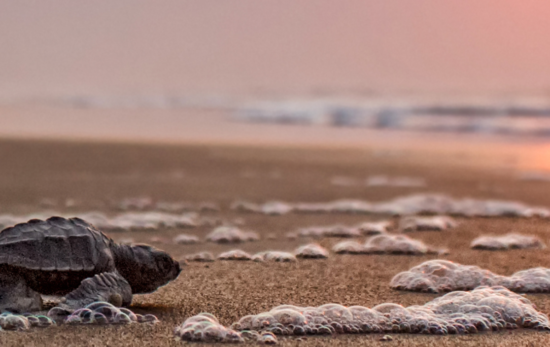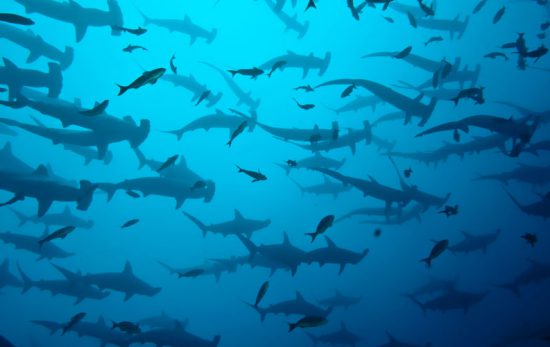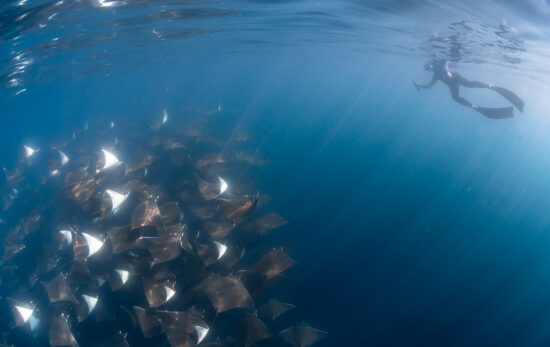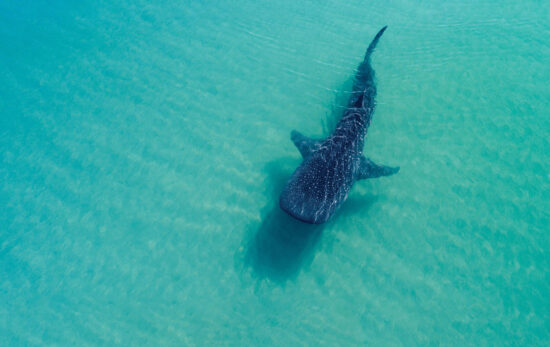Salt water, as the saying goes, is the cure for everything. And that’s been echoing in my mind more than ever lately.
So this spring, I made the Sea of Cortez my base for some much needed scuba-centric self-care after a long pandemic year spent largely on dry land.
Recently, I traveled to La Paz, Mexico, the capital of Baja California Sur, to head underwater every chance I got in the sea Jacques Cousteau famously called the ‘world’s aquarium’.
From my rental apartment, I’d gaze down on La Paz’s Malecon where families strolled at the water’s edge, past statues of Cousteau and the area’s famed marine life, including hammerheads, humpbacks and whale sharks.
I’d sip a sunset margarita on my balcony or at a cafe along the Malecon and look out across La Paz Bay to where El Mogote Peninsula jutted into the water, pinching myself that I’d managed to travel to such a place.
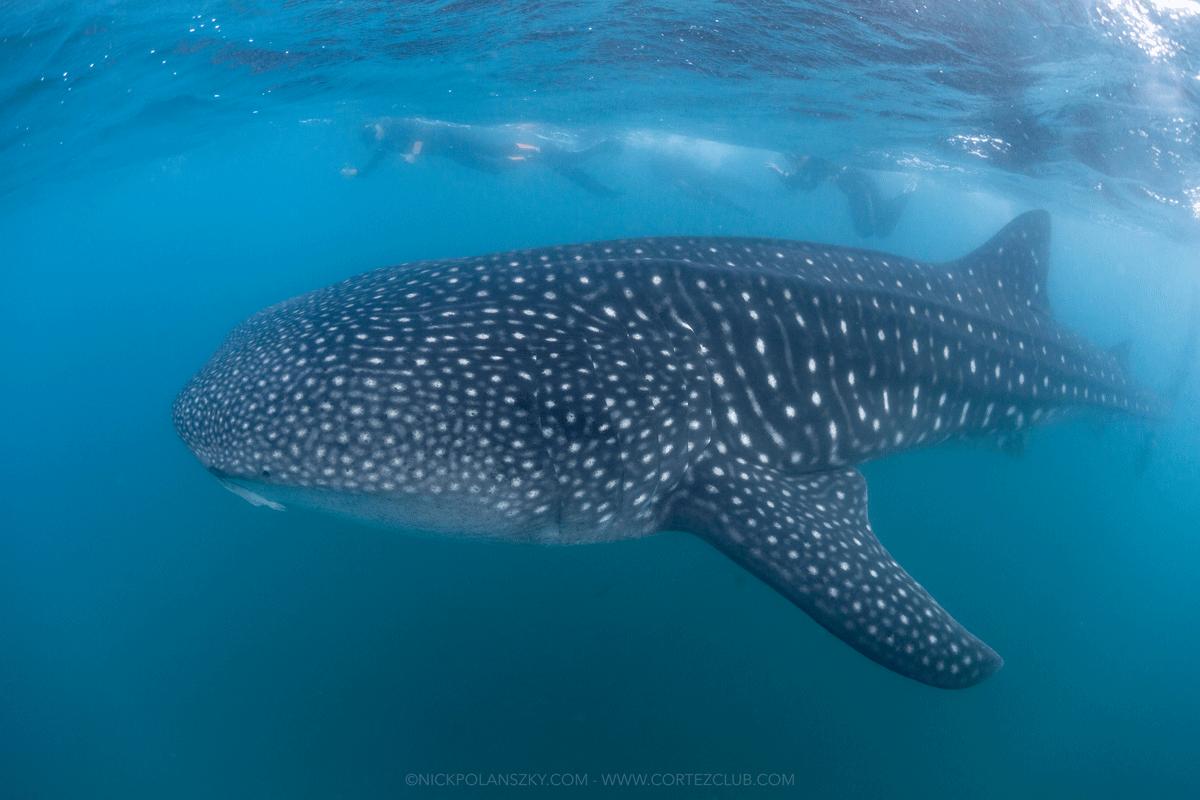
From October to May, El Mogote traps an all-you-can-eat buffet of plankton blown from the north into La Paz Bay, which in turn lures juvenile whale sharks to gorge in the shallows lapping the sandy spit.
Going from feeling trapped by my four walls and same ‘ol routine back home to having a moveable feast for whale sharks in my front yard felt like such an immense privilege. I was determined to see the giants any chance I got.
PADI 5 Star Dive Center, The Cortez Club, makes it easy with regular whale shark snorkeling tours that leave from the shop’s private dock daily during the season, right near the Malecon.
I remember the first time I went out on the whale shark tour, zipped into my wetsuit on the boat, ready for action, wondering if it could really be this easy to get in the water with such elusive animals so close to shore and a sizable town like La Paz.
I decided not to get my hopes up. But within minutes, the captain spotted the telltale shadow and constellation of white spots just under the water’s surface. There was no time to hesitate at that point, and the moment to swap my face mask for my diving mask couldn’t come soon enough as I slid into the water.
What a marvel to see an animal so massive—at least 14 feet/4 metres long—cruise within a few feet of me, and what a thrill to be able to fin alongside it for as long as I could keep up!
When the whale shark eventually outpaced the dive guide and I (only one boat is allowed to interact with the whale sharks at a time), we’d climb back aboard and let the captain put us in the perfect position along the whale shark’s filter-feeding trajectory to do it all over again.
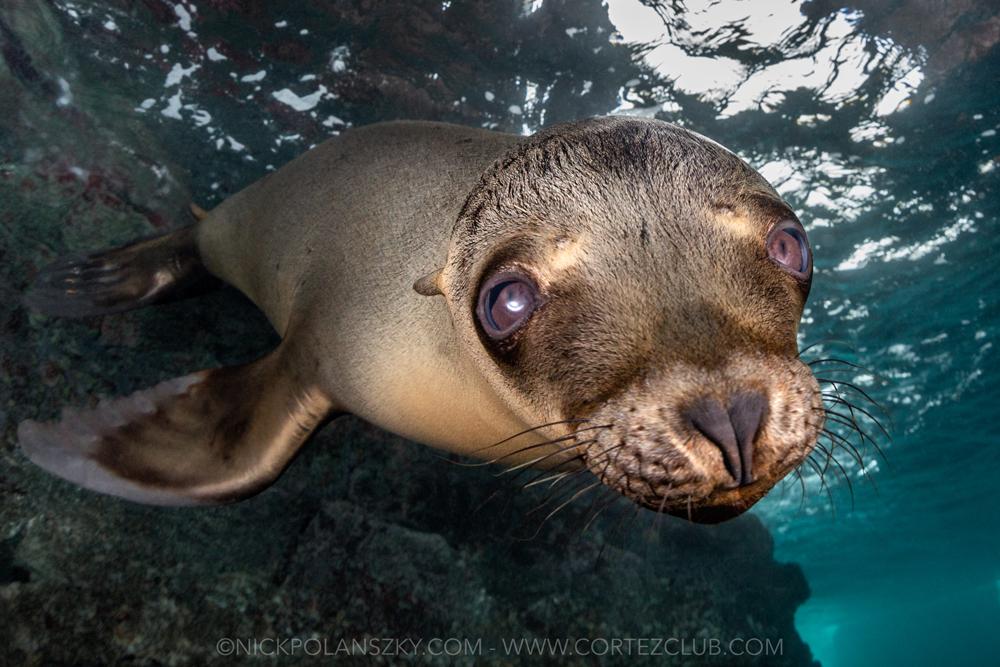
As if swimming with whale sharks isn’t enough of a thrill to bring you to La Paz, the surrounding waters offer pretty much guaranteed sea lion encounters along with extremely fishy dives year-round.
My favorite two-tank day with The Cortez Club (which you could easily tack on after snorkeling with the whale sharks in the morning) was to the pristine reefs waving with gorgonians and carpeted with colorful hard corals around San Rafaelito and Los Islotes. Offshore islets, they’re both good dives for seeing sea lions, with Los Islotes home to a permanent colony of 700 California sea lions prone to swim loop-de-loops around you or playfully nibble on your fins.
On one dive at Los Islotes, we swam into a sea cave and briefly surfaced in the twilight of a crevice lapped with gentle waves to see a young sea lion looking down at us from high in the rocks.
During my Baja California Sur spring, I often heard from local divers that I was visiting at the right time of year for the whale sharks but the wrong time of year for the best visibility in the Sea of Cortez—after all, the plankton soup that lures in the whale sharks doesn’t make for the clearest seas.
But I was floored by the sheer fish life on dives like the Fang Ming wreck off Espiritu Santo Island, where green turtles peek from every other nook and lemon-yellow clouds of Mexican goatfish cascade over the rusty hull like waterfalls.
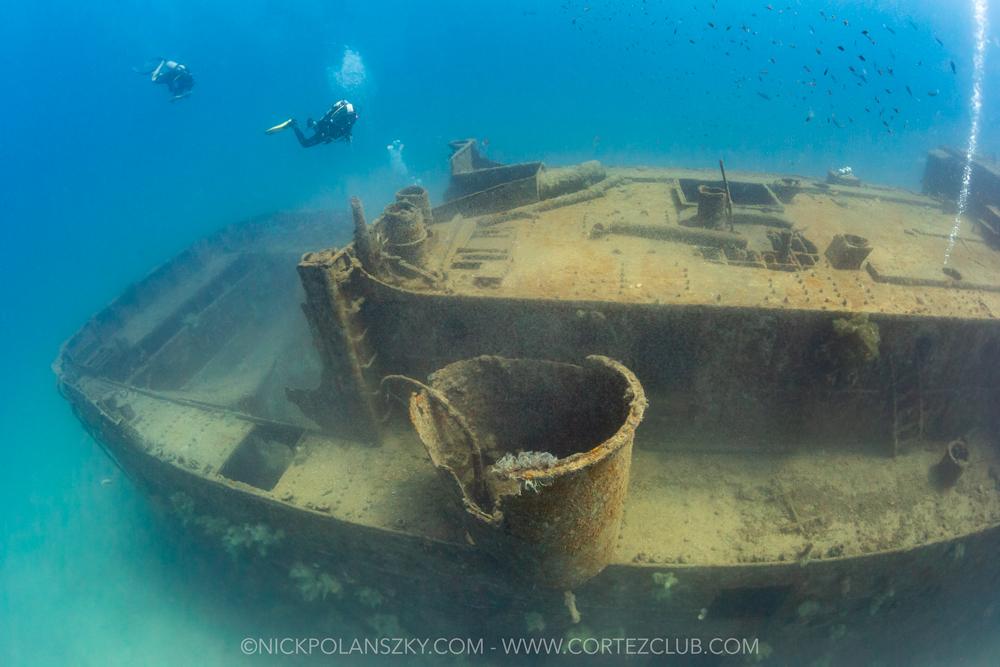
From La Paz, it’s a two-hour drive south to the busy resort area of Cabo San Lucas, where you might be surprised by just how epic the diving is just 10 minutes from the city marina at the popular dive sites called Pelican Rock and Land’s End. My eyes were bulging behind my mask on my Cabo dives with PADI 5 Star Instructor Development Center, Dive Ninja Expeditions, when it was par for the course to see schools of cow nose rays, moorish idols, sea lions and seahorses on a single tank. We even spotted a banded guitarfish lurking under a ledge on one dive.
Often on dives around Cabo, we’d hear whale song underwater and spend our surface interval watching the humpbacks that migrate along the coastline during the winter months breaching and blowing.
When I’d ask new diving friends when it was best to come back, they’d always tell me that there’s a season for everything in Baja California Sur.
In April and May, the giant schools of mobulas would arrive off the coast south of La Paz to stay into summer. The fall months bring the clearest water conditions to Cabo Pulmo, a famed destination north of Los Cabos on the Sea of Cortez famous for diving with bull sharks and enormous schools of jacks.
I might not have timed my springtime hiatus for the best viz, but there had been so much to see. And being back underwater made me feel like myself again.
If there’s a sea with more going on both below the water’s surface and breaching or frolicking above it than the Sea of Cortez, then I haven’t dived it yet.
If you are ready to plan a Mexico vacation, contact PADI Travel to help you book the dive trip of a lifetime or check out PADI Dive Guides to explore all there is to know about diving in Mexico.
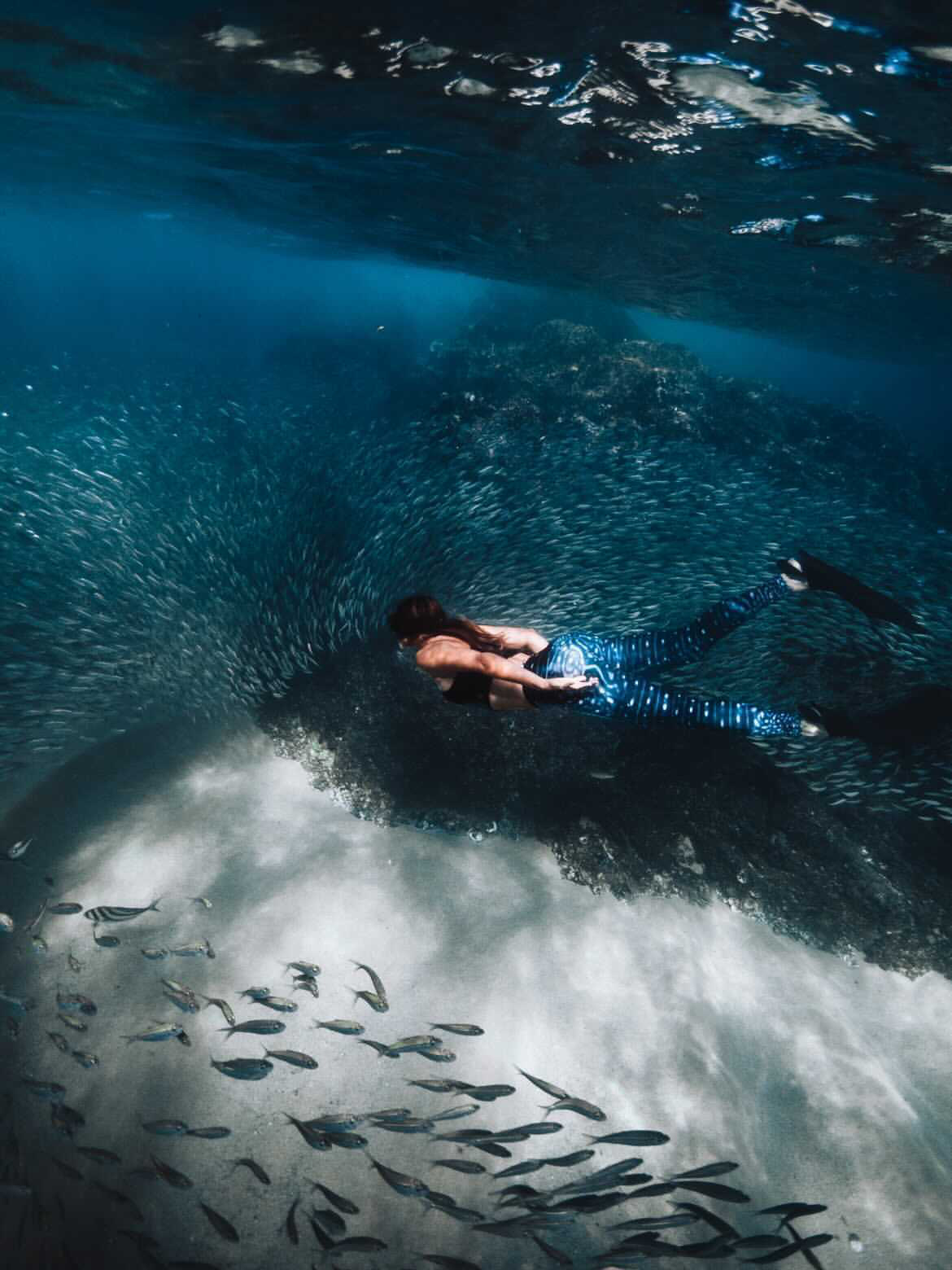
Not yet a diver? Sign up for your Open Water Diver course in one of these lively destinations, and you’ll be on your way to living unfiltered in no time.

